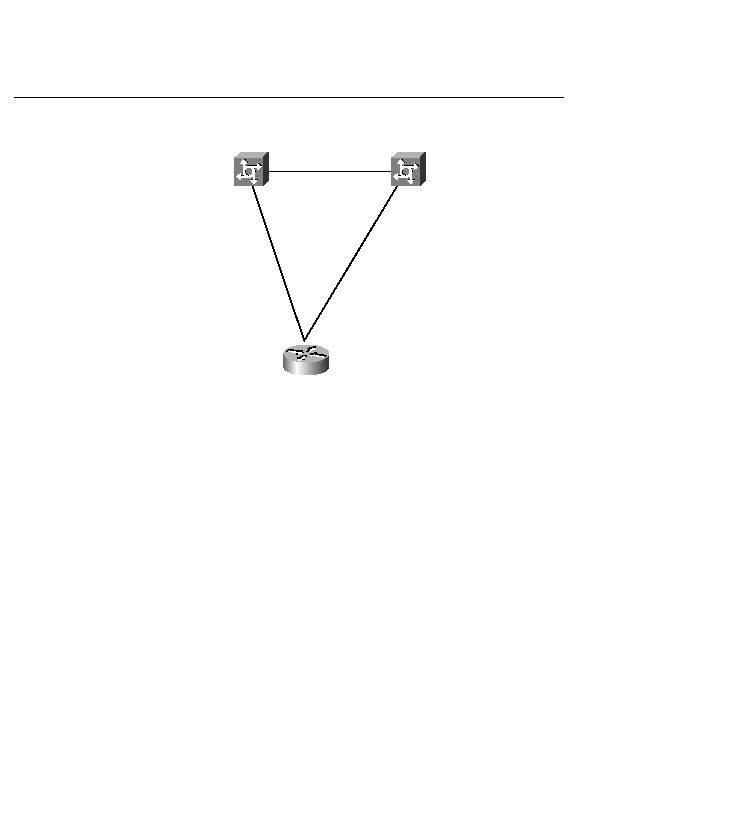
into the ISP. The ISP receives the calls, but two different access servers receive them. One of the
access servers needs to bind the two channels as a 128 Kbps circuit to the remote site, which is
accomplished via the Stack Group Bidding process. MMP protocol goes into a bidding process.
solution. It's difficult to remember all the features of a particular router, so finding the best
router for your purposes is potentially very difficult. To help you find a suitable router from its
product range, Cisco has designed a selection tool at its Web site:
You also need to identify what additional interface equipment might be required--for example,
modems, NT1s, or CSU/DSU devices. There are various user categories with remote access
equipment. There is the occasional telecommuter or SOHO type of access. And, of course,
there's the mobile user, who travels a lot. There's also equipment for large-scale access using
the AS5000 series.
meet the customer's needs. There are many types of interfaces on Cisco routers. Let's review a
few of the WAN interfaces:
connections.